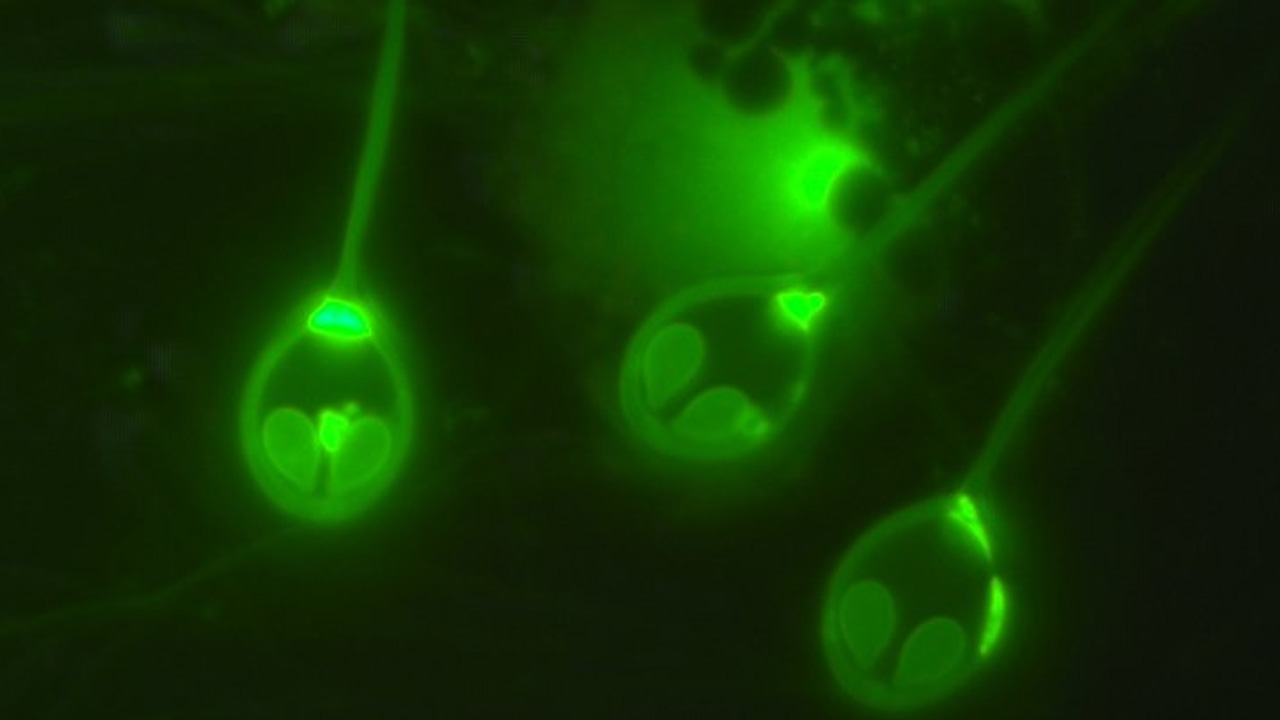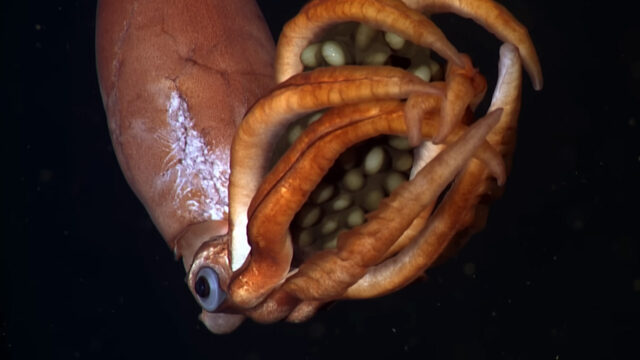The world of science has been shaken by the discovery of the first multicellular animal that can live without the need for oxygen. This interesting discovery could change both our understanding of life on Earth and our search for life in space. Researchers from Tel Aviv University have revealed how this parasite, Henneguya salminicola, can live without oxygen.
First multicellular animal to live without oxygen discovered
Scientists used to believe that life was dependent on oxygen. But a parasite called Henneguya salminicola has completely changed this understanding. This tiny, gelatinous parasite does not use oxygen to survive in the flesh of salmon.

Research has shown that this parasite has lost its mitochondrial genome and lost the ability to perform aerobic respiration.
The research team, led by Dayana Yahalomi from Tel Aviv University, used deep sequencing and fluorescence microscopy to study H. salminicola and its close relative Myxobolus squamalis.
They discovered that H. salminicola had lost its mitochondrial genome and had lost almost all of its nuclear genes. This allows the parasite to live without the need for oxygen. The evolution of H. salminicola involves its transformation from a free-living jellyfish ancestor into a simple parasite.
The adaptation of H. salminicola to life without oxygen shows that it is not limited to unicellular eukaryotes, but that a multicellular parasitic animal can also make this adaptation. This offers new insights into the evolution of life in the oxygen-free environment.
Researchers say this discovery could also influence fishing strategies. Although harmless to humans, H. salminicola is considered an undesirable parasite because of the aesthetic degradation it causes to salmon.
This discovery shows that life is not only dependent on oxygen and that multicellular organisms can also survive in oxygen-free environments. Henneguya salminicola, the first multicellular animal that does not use oxygen, has caused great excitement in the scientific world and raised new questions about evolutionary biology. This discovery helps us rethink the concept of oxygen animals and understand how flexible evolution can be.














